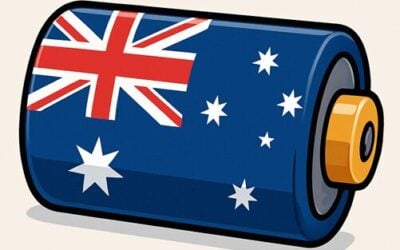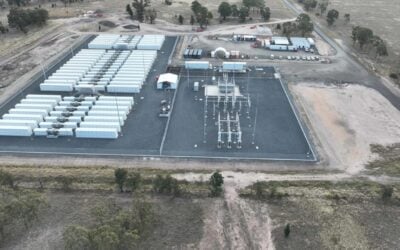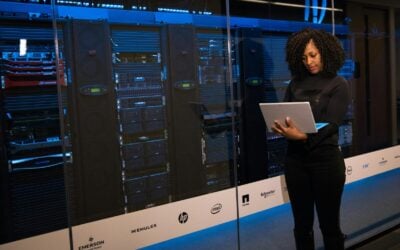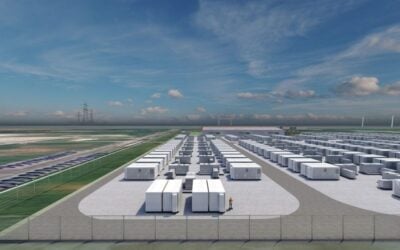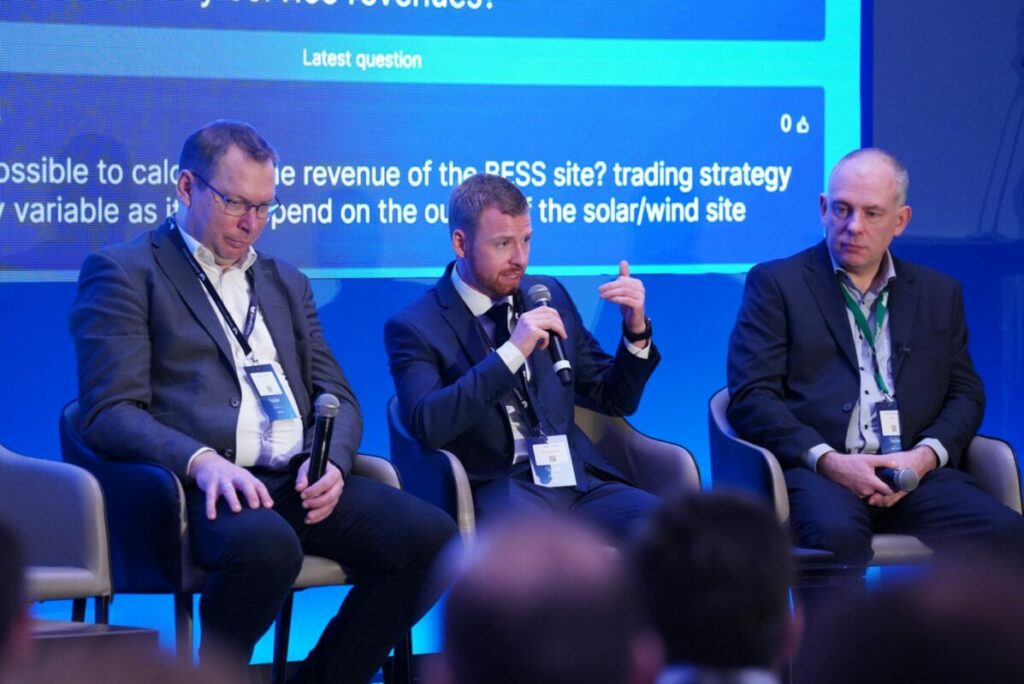
Optimising co-located BESS is “much more complicated” than standalone and few companies can do it well, panellists on Day 2 of Solar Finance & Investment Europe (SFIE) said.
The topic was discussed on the ‘Maximising Returns from Solar and Co-located Storage Projects’ panel at the two-day event in London today (1 February), put on by our publisher Solar Media.
Tadgh Cullen, head of energy storage at developer and independent power producer (IPP) Cero Generation started by saying that co-location has historically been very ‘basic’, at least in the UK:
“Usually they’ve been co-located on the same site but using entirely separate grid capacity, so are effectively standalone assets. The next step has been to share the grid connection meaning more MW than MW connection,” Cullen said.
Try Premium for just $1
- Full premium access for the first month at only $1
- Converts to an annual rate after 30 days unless cancelled
- Cancel anytime during the trial period
Premium Benefits
- Expert industry analysis and interviews
- Digital access to PV Tech Power journal
- Exclusive event discounts
Or get the full Premium subscription right away
Or continue reading this article for free
The discussion moved on to the crux of the panel: how to maximise the returns of such co-located projects.
Dr. Robin Hirschl, until recently technical director at investor and operator Obton, said: “Software is the really hard side of all of this. How to predict and optimise revenues, what mode you run on, whether you do frequency control or trading etc.”
“There is a huge difference between different providers of BESS optimisation. Those who based their models only on BESS are doing much better than those who think they know everything because they’ve been doing it longer on different assets (like pumped hydro).”
Cullen agreed, saying that fewer and fewer companies can perform well when optimising BESS that is co-located with generation because it’s much more complicated, because of things like needing to forecast generation. “Smaller companies are best in the space, it will be interesting to see how bigger companies and utilities catch up.”
On the same topic, Hirschl said that, in his view, the BESS and the generation should be optimised separately. “We have not found any business model where combining the two generates the most returns.”
On the topic of DC versus AC-coupling solar and storage parts of a project, both agreed that AC coupling is preferable and that DC coupling only made sense if there was a specific subsidy or regulation on that.
A similar point was made about subsidies and regulation sometimes being the only reason to co-locate at all, though in others it was absolutely necessary. Chile and its huge curtailment of solar PV was cited as an example where any solar project now needed a co-located energy storage unit.
Another question was around the size of BESS relative to the generation asset that developers should aim for. Tallen said in the UK the modelling right now points to a BESS 90-100% the size in MW power of the solar PV was optimal.
Moderator Rosalind Smith-Maxwell, Senior VP at investor Quinbrook Infrastructure Partners cited the approach of wind giant Vatenfall which generally sizes its wind-co-located BESS at about 10% of the wind plant’s size.
In response to questions around how co-location and use cases might affect BESS design, PV and BESS supplier Jinko’s business development and product manager Neill Parkinson said it did not have a substantial impact.
Energy-Storage.news’ publisher Solar Media will host the 9th annual Energy Storage Summit EU in London, 20-21 February 2024. This year it is moving to a larger venue, bringing together Europe’s leading investors, policymakers, developers, utilities, energy buyers and service providers all in one place. Visit the official site for more info.

